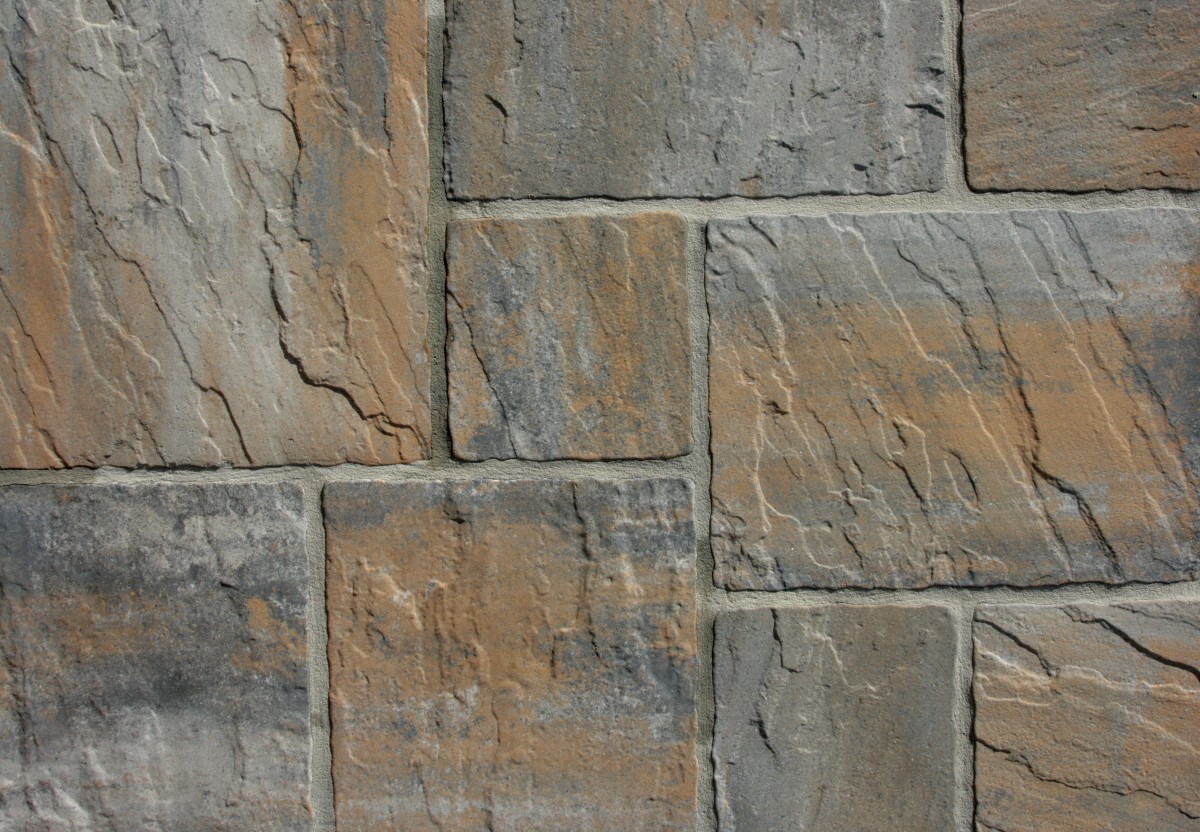5 Steps for Tiling a Cement Wall
Summary
– What to do in case of moisture on the cement wall?
– Step 1: Fill holes and cracks
– Step 2: Smooth out rough spots
– Step 3: Wash the wall
– Step 4: Apply an adhesion primer
– Step 5: Plan the installation and tile the cement wall
Tile should be installed on a clean, flat, and dry solid surface. Before tiling a cement wall, treat it for moisture problems, fill in holes and cracks, sand, and wash the wall.
Then you can plan the installation of the tiles, make lines on the wall and tile it.
What to do if there is moisture on the cement wall?
It is not possible to tile a wet wall. Treat the moisture problems on the walls before tiling.
How can you tell if your wall is damp? With your hand, quite simply! If the wall is not exposed to water splashes, it should feel dry. If you have any doubts, there are moisture testing devices available.
If your wall is damp, it is best to call a professional who will determine the cause of the dampness. He or she will advise you on the appropriate solutions and products to treat the moisture effectively.
1. Fill holes and cracks
Fill holes and cracks in the wall with filler and a spatula.
– Clean holes and cracks with a toothbrush to remove dust.
– Using the spatula, fill the holes with patching mortar.
– Smooth the plaster with the spatula and remove the excess.
– Let dry for the time indicated on the packaging.
– Once dry, sand with medium grit sandpaper to completely smooth the surface.
2. Smooth out rough spots
If the cement wall has traces of glue, cement, or plaster, sand or scrape them off
Scrape plaster marks off the wall with a spatula:
– If the plaster does not come off easily, use a sponge soaked in white vinegar.
– Leave it on for about 20 minutes until the plaster softens.
– Then scrape with a spatula.
Use medium grit sandpaper to sand off any traces of glue:
– Sand the rough spots until they are removed.
– Use an electric sander if you need to sand a large area.
– Wear a mask and safety glasses.
– Equip the sander with medium-grit sandpaper.
– Sand in horizontal strokes along the wall.
– Do not leave the sander running in one place for too long.
3. Wash the wall
 Protect the floor with plastic sheeting and tape the sheeting to the baseboards.
Protect the floor with plastic sheeting and tape the sheeting to the baseboards.
Then wash the wall to remove any traces of dust or grease.
– In a bucket, mix water and alkaline detergent: for one part of the product, use four parts of water.
– Dip a brush into the mixture and scrub the wall to clean it.
– Rinse with clean water.
– Let dry completely.
Important: Before washing the wall, turn off the power, remove electrical boxes and outlets, install dominoes, tighten them and tape them up.
4. Apply an adhesion primer
Once the wall is washed and dry, apply a primer with a roller. The primer is similar to an undercoat of paint that helps hold wall coverings in place.
– Spread the primer with the roller in vertical strips.
– “Cross” the passes to cover the entire wall surface.
– Coat corners and edges with a brush.
5. Plan the installation and tile the cement wall
Once the wall is ready, plan the layout: calculate the number of tiles you will need to tile the wall, choose a starting point to lay the tiles on the cement wall and the order in which you will lay the tiles, and attach the cleats on which you will rest the first tiles.
Once the layout is complete, prepare the adhesive mortar, glue the wall and install the tiles.
Materials for tiling a cement wall
Spatula
Filling plaster
Sanding paper
Adhesion primer
Roller
Tarp